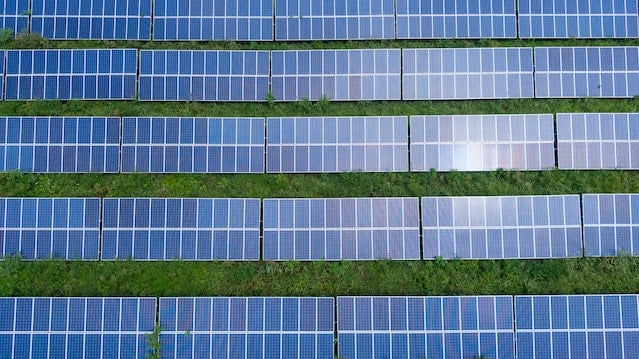How Industrial Solar Integration Is Skyrocketing

Featured Image from Pexels
Have you ever wondered how all those massive solar energy farms function? Surely with hundreds or thousands of solar panels, it must be a daunting task to keep everything running smoothly! Surprisingly, industrial solar integration has skyrocketed in recent years, thanks to impressive technological advances.
1. What Is Industrial Solar Integration?
Industrial solar integration is using solar panels to generate electricity for industrial purposes. This includes everything from powering factories to providing energy for large commercial operations. There are many reasons why industrial solar integration is growing in popularity.
2. The Benefits for Businesses and Organizations
Industrial solar integration is installing solar panels on industrial buildings and using the resulting energy to power the activities of the business or organization.
One of the most significant benefits of industrial solar integration is the potential for reducing energy costs. Solar panels can provide a significant portion of the energy needs of an industrial building, which can lead to a reduction in the overall energy bill. In addition, solar panels can be used to generate electricity during peak demand periods, when energy costs are typically higher. This can further reduce energy costs for businesses and organizations.
Another benefit of industrial solar integration is increased energy independence. Businesses and organizations can reduce their reliance on the traditional grid by generating electricity. This can lead to increased resilience in the face of power outages or other disruptions. Additionally, it can help businesses and organizations avoid the environmental impacts associated with traditional forms of energy generation.
Finally, industrial solar integration can improve environmental sustainability. Solar panels have no emissions when generating electricity, which can help businesses and organizations reduce their carbon footprint. Additionally, by displacing traditional forms of energy generation, industrial solar integration can help to reduce overall greenhouse gas emissions. As a result, it can significantly contribute to mitigating climate change.
3. What Are Some Trends In Industrial Solar Integration?
One trend in industrial solar integration is the increasing use of storage systems. As mentioned above, storage systems can help to address the intermittency issue by storing excess electricity for use during periods of low sunlight. Also, storage systems like industrial solar battery storage can provide a source of backup power in a grid outage.
Another trend is the increasing use of microgrids. Microgrids are self-contained power systems that can operate independently from the traditional grid. This can provide many benefits, including increased resilience in power outages and improved energy independence. Microgrids can also help reduce greenhouse gas emissions by displacing traditional forms of energy generation.
Finally, there is a growing trend toward community solar. Community solar refers to solar installations that are owned and operated by a group of people rather than an individual business or organization. This can provide many benefits, including reduced installation costs and increased access to solar power for those who might not otherwise be able to afford it.
4. What Are Some Best Practices For Industrial Solar Integration?
Several best practices can help businesses and organizations effectively integrate industrial solar. One best practice is to work with an experienced installer. Solar panels must be installed correctly to function properly, so it is important to work with a company that has experience with industrial solar installations.
Industrial solar battery storage is a key technology for businesses and organizations seeking to generate electricity from solar power. Batteries can store excess electricity during periods of low sunlight, providing a consistent power source. Also, batteries can provide a backup power source in the event of a grid outage.
Finally, it is important to take advantage of government incentives. Many businesses and organizations are eligible for tax incentives or rebates that can reduce the cost of installation. Additionally, some jurisdictions offer special rates for solar power that make it more economically attractive relative to other forms of energy generation.
5. What Are Some Challenges With Industrial Solar Integration?
One challenge with industrial solar is that it is a relatively new technology. As a result, there is often a lack of experience and expertise among businesses and organizations seeking to install industrial solar systems. This can lead to installation problems and other issues.
Another challenge is the intermittency issue. Solar panels only generate electricity when the sun is shining, meaning there can be periods when there is no power being produced. This can be addressed through storage systems, such as batteries, which can store excess electricity during periods of low sunlight.
Finally, industrial solar installations can be expensive. The cost of materials and labor for installation can be high, although it has declined in recent years. Additionally, industrial solar systems require a large amount of space, which can be an issue for businesses with limited land areas.
Conclusion
As industrial solar installations become more prevalent, businesses and organizations are reaping the benefits of reduced energy costs, increased resilience, and improved environmental sustainability. It is important to work with an experienced installer, take advantage of government incentives, and understand the trends in industrial solar integration to maximize these benefits.
0
